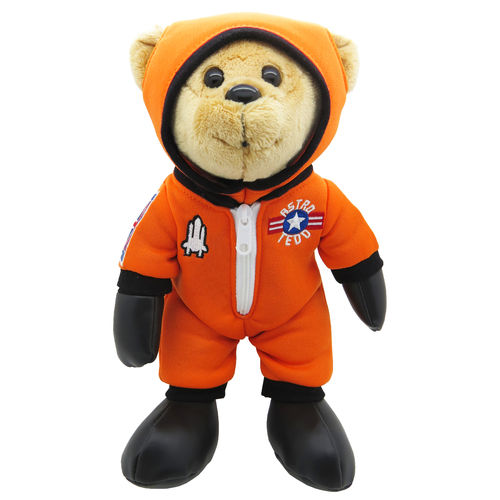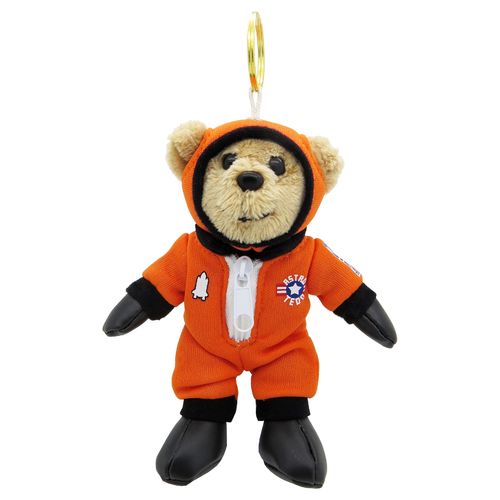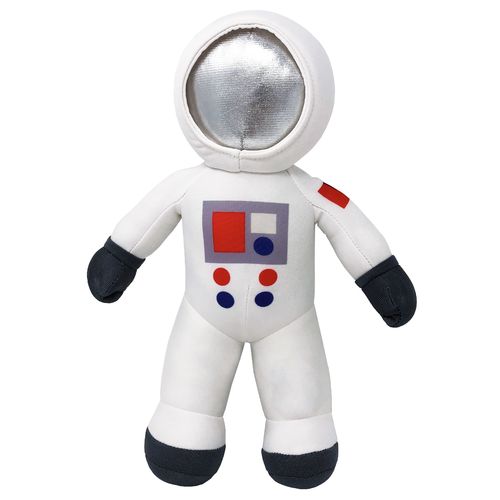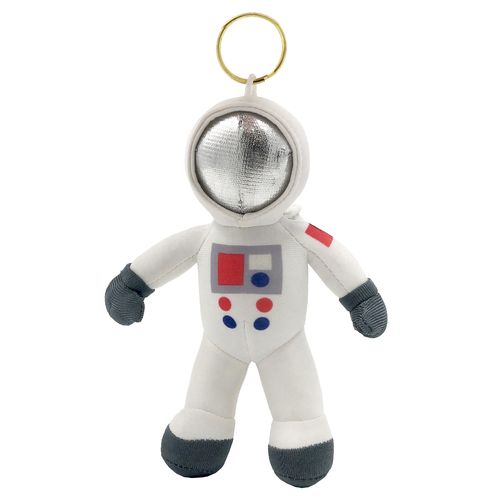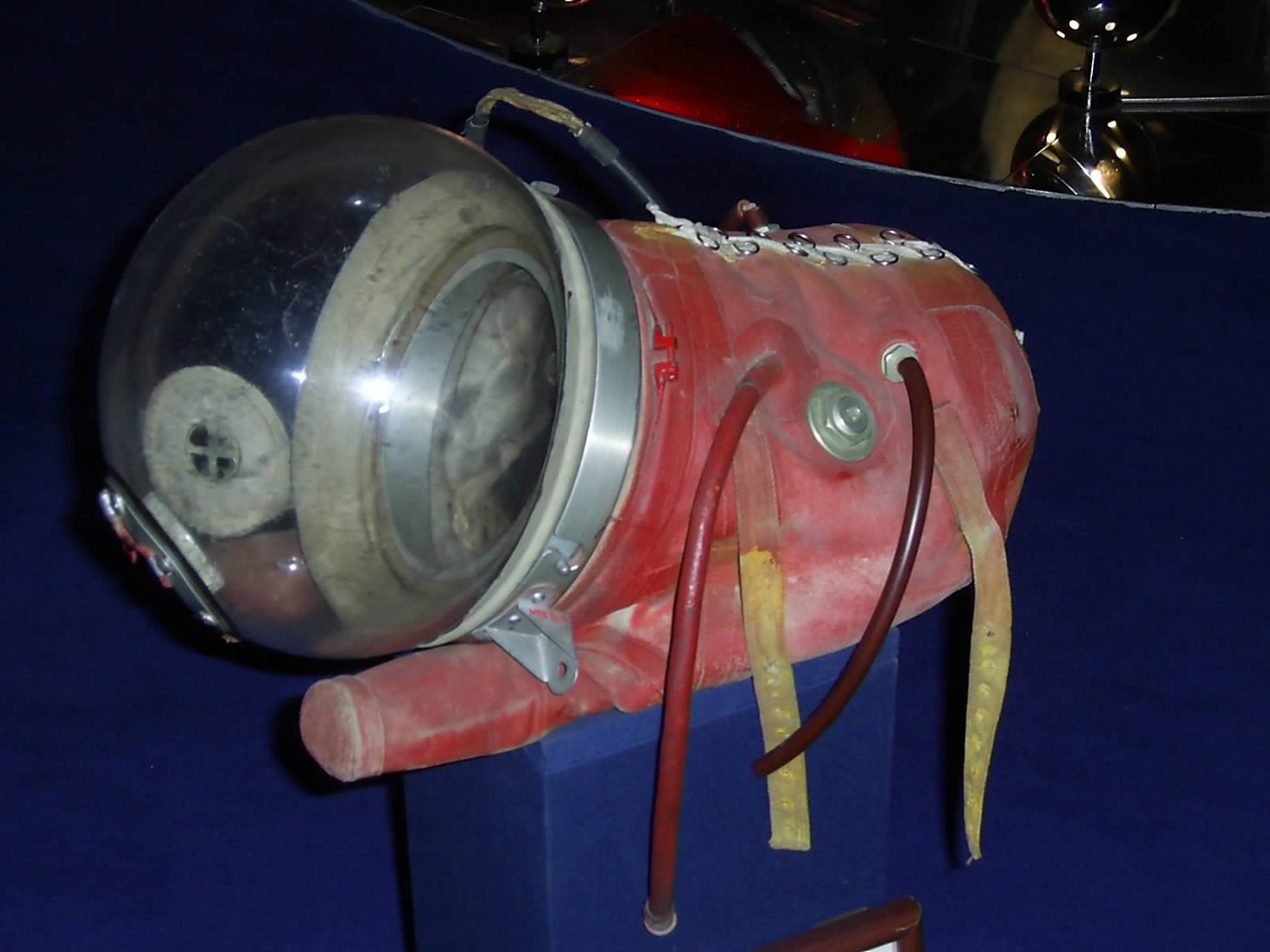Home page Gifts, toys, education Plush astronauts
Plush figures Astronaut
Astronaut Teddy – 25 cm furry teddy bear, plush bearProduct no.: es310Astronaut Teddy 25 cm plush bear, embroidered space suit details, removable fabric helmet, working zip, suitable for all ages
Delivery weight: 200 g
|
Astronaut Teddy – 14 cm plush bear key ringProduct no.: es311Key ring of Astronaut Teddy, 14 cm high out of this world plush bear with key ring, suitable for all ages
Delivery weight: 100 g
|
Cosmonaut White – 30 cm plush astronaut, soft toyProduct no.: es320Cosmonaut White, 30 cm high soft toy with silver shiny visor and removable backpack, suitable for all ages
Delivery weight: 200 g
|
Cosmonaut White – 17 cm soft toy key ringProduct no.: es321Key ring of Cosmonaut White, 17 cm high out of this world plush figure with key ring, suitable for all ages
Delivery weight: 100 g
|
Net prices without VAT or delivery
|
25 or 30 cm high plush figures cosmonaut White and astronaut Teddy and 14 or 17 cm high keyring pendant |
Laika (Russian: Лайка; c. 1954 – 3 November 1957) was a Soviet space dog who became one of the first animals in space, and the first animal to orbit the Earth. Laika, a stray mongrel from the streets of Moscow, was selected to be the occupant of the Soviet spacecraft Sputnik 2 that was launched into outer space on 3 November 1957. Little was known about the impact of spaceflight on living creatures at the time of Laika's mission, and the technology to de-orbit had not yet been developed, so Laika's survival was never expected. Some scientists believed humans would be unable to survive the launch or the conditions of outer space, so engineers viewed flights by animals as a necessary precursor to human missions. The experiment aimed to prove that a living passenger could survive being launched into orbit and endure a micro-g environment, paving the way for human spaceflight and providing scientists with some of the first data on how living organisms react to spaceflight environments. Laika died within hours from overheating, possibly caused by a failure of the central R-7 sustainer to separate from the payload. The true cause and time of her death were not made public until 2002; instead, it was widely reported that she died when her oxygen ran out on day six or, as the Soviet government initially claimed, she was euthanised prior to oxygen depletion. On 11 April 2008, Russian officials unveiled a monument to Laika. A small monument in her honour was built near the military research facility in Moscow that prepared Laika's flight to space. It portrayed a dog standing on top of a rocket. She also appears on the Monument to the Conquerors of Space in Moscow. Picture right: The space suit of Laika |







